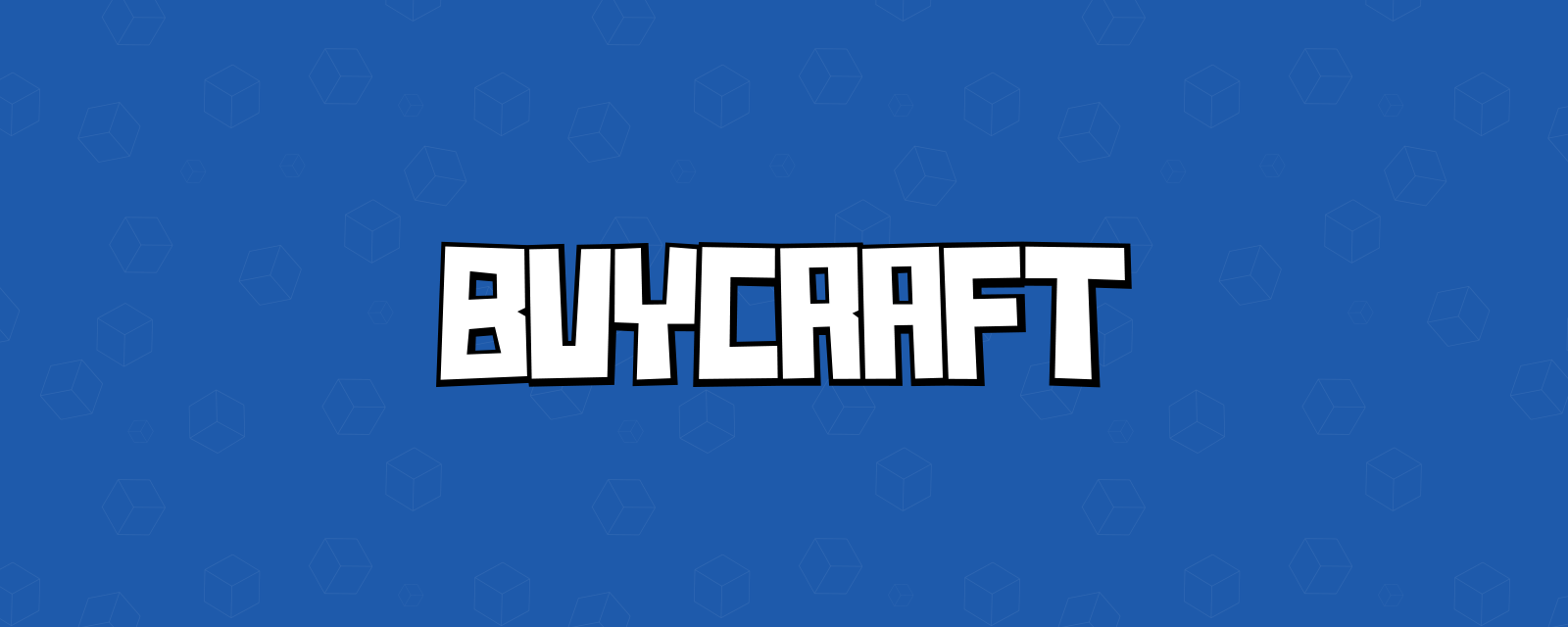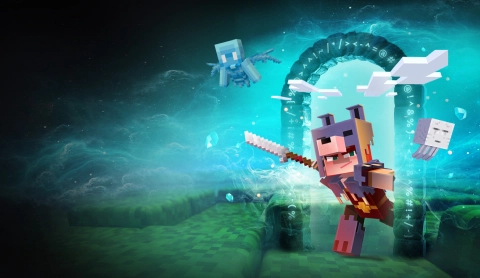This week we have looked at the building blocks for starting a server. The biggest part of running a server is an enjoyment of the games and creativity, both of which are key if you want to create a successful server. The beginning can be the most daunting part but the easiest way of approaching it is by breaking down the process.
Which server software?
Thinking about the server software is the first step in the process and there are a few important things to consider before making a choice. Firstly, are you interested in making a server with client-side mods or just server-side modding?
Spigot is the forefront of server side modding originally based on the Bukkit platform, with a huge number of plugins you can choose from and use on your server. As the software is similar to Bukkit you can use many Bukkit plugins with Spigot, which opens up the ability to use pretty much any server-side plugins available.
SpongePowered offers options for vanilla servers or SpongeForge for server side mods and client side modding. This can be great for adding completely new content to a server but can limit your audience if your server is unplayable by a vanilla Minecraft launcher.
Both options are supported on Buycraft and include large libraries of pre-built plugins, often for free. This can be something you can take advantage of when you are starting out as you can quickly gather a collection of plugins which you can use on your own server.
When you start out it can be easy to fall into common pitfalls like comparing your server to other successful servers and trying to emulate the same type of server at the beginning. While it's good to know what other servers are doing it's much better to focus on making your own server unique and sometimes that means starting smaller. With only one game mode to worry about it allows you to focus on getting that right before you start to expand.
If you do decide to start your server with more than one game mode then you will also want to look into using a proxy like BungeeCord or LilyPad. Using a proxy allows you to join multiple servers from a single IP so players join your hub server and can then move to a different server from in game. This takes up much more resources but its benefits are that it make the process of adding games much easier in the future.
Hosting
Before launching your server testing your plugins and configurations could be done locally but you will need to think about how it will be hosted when you go live. One approach is to set up home hosting at the beginning. That can be a really cheap way of getting your server running but as your player base grows and you add more content to the server, you’ll need to move to shared or dedicated hosting which can support many more players.
Games and maps
To help choose your gamemode you'll want to do a bit of market research and the best way of researching is by playing on different servers. Without being overwhelmed by some more custom games, you can find a lot of idea's and classic games which you could start with for your server. Most classic games are available as a plugin in the resources section of Spigot or Sponge's plugin releases forum so they can be a good place to start. If you get any ideas of how you can modify some of the popular game modes then this can be the best place to start learning about setting up plugins and getting game modes working.
When you’re building and designing maps for your games, lobbies or hub, you will need to work on the balance between looking impressive and being functional. After you've created your first set of maps and released, you can always gather feedback from your players as to how you can improve on them.
Team
At the beginning you might end up seting everything up by yourself but after release, as your community starts to grow you can get your most enthusiastic players on board to help with building and community. The area’s which you will want to build up staff the most is on the community and development side which are the main area’s to focus on in terms of server growth.
Players
Getting your first players on board can be as simple as asking your friends to play and bringing their friends or posting in forums about your new game modes. The initial growth might be slow but new releases and unique content will bring players who can’t find it anywhere else. You can find out more about increasing your player base in a previous Buycraft University post..
You will find that as you start to get regular players onboard that you will need to have a place for them to bond and form a community. This is when you need to look for somewhere that your players can talk outside of the server like a forum or a discord. This is where your community will really start to grow.
Growth
Over the first year of running your server, there will be a lot of work involved and if you want to maintain the growth you need to put some monetisation in place. If you are looking for inspiration on what you can sell in your webstore, your players will be able to give you the best feedback.
Once you have checked the content you’re selling against Mojang’s commercial terms you can get started building a selection of content for your webstore. Often these will include limited edition cosmetic items, crate-key systems, ranks, and social abilities but if you can think of something new which your players might want to pay for then make your store unique as well.
Setting up a server can be quite a time-consuming but ultimately is rewarding providing you enjoy the process of community and the games themselves. Keeping that spirit alive constantly on your server is the best way to create a loyal following who will stick around to see where you take the server.
Thanks to our anonymous server owner for helping us out with this post and if anyone wants to get involved with Buycraft University you can email us on university@buycraft.net.
Happy experimenting!



